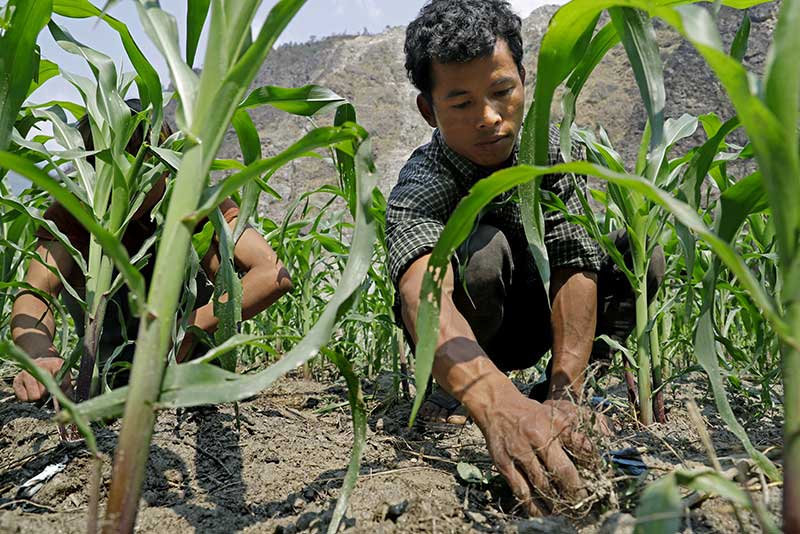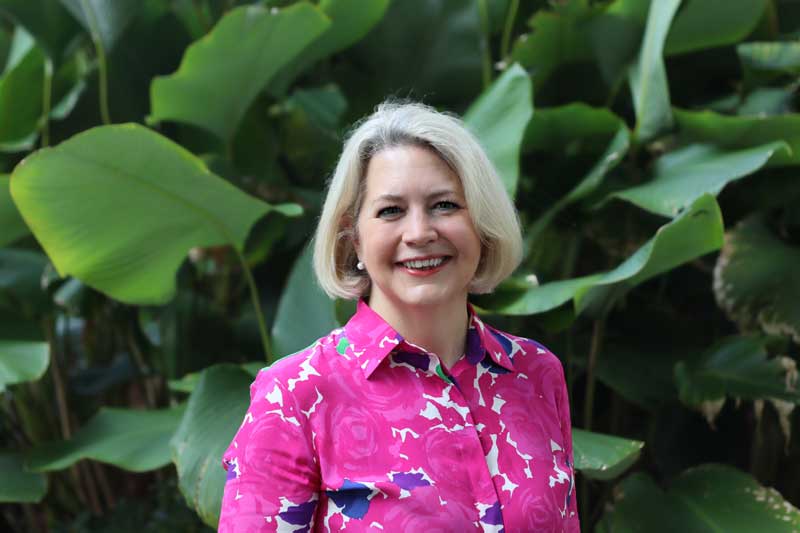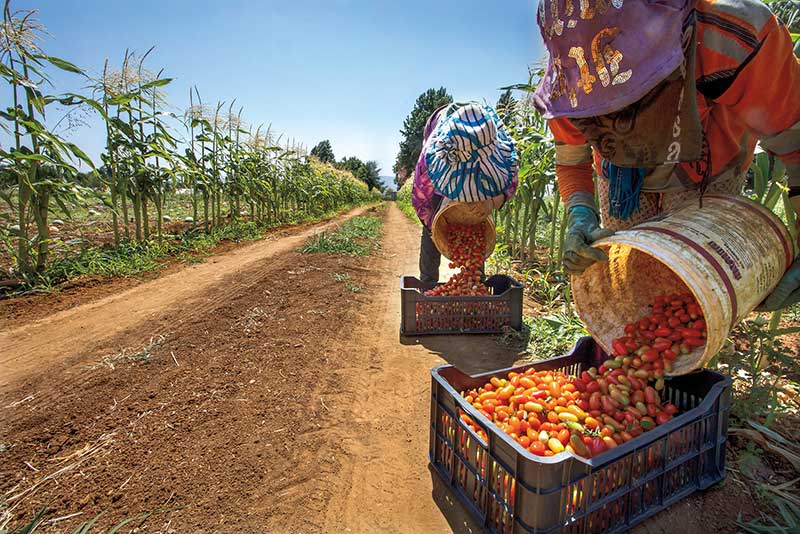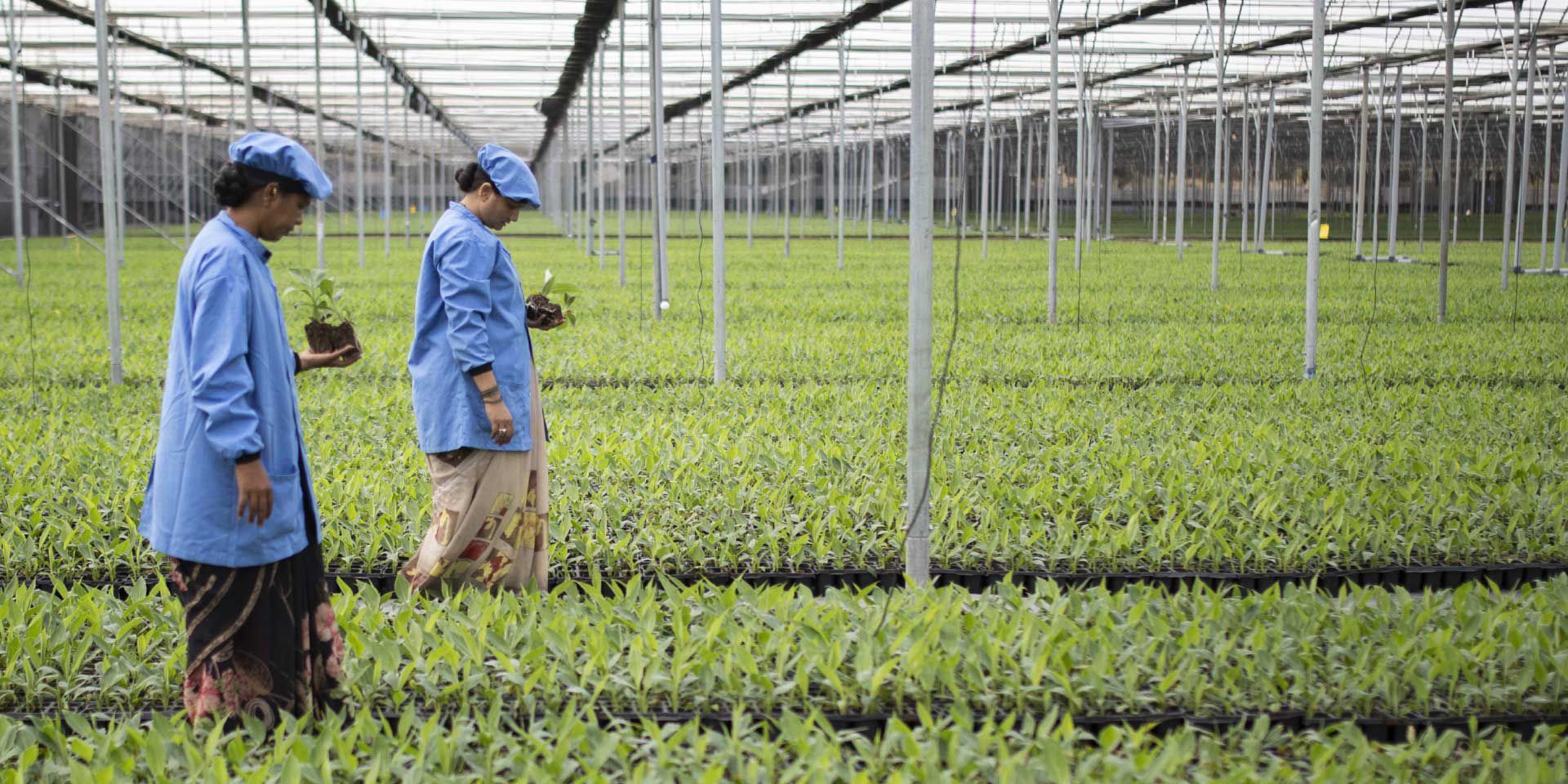By Alec Macfarlane
A convergence of crises and other pressures are putting Asia’s already stretched food systems under significant strain. The war in Ukraine has exacerbated food inflation and resulted in high and volatile energy and fertilizer prices and restrictive trade policies, and it has also worsened supply-chain disruptions caused by the COVID-19 pandemic.
These issues are pushing millions of people across the region into poverty, erasing years of hard-won development gains. Meanwhile, climate change is resulting in more extreme weather events in a region that already includes 13 of the 30 most climate-vulnerable countries and endures most of the world’s natural hazards, reducing crop yields and lowering the productivity of livestock.
As food leaders from around the world convene this week at the Milken Institute Asia Summit in Singapore to discuss ways of building more resilient, equitable, and sustainable food systems, the sense of urgency is palpable. Asia already accounts for half of the global food market, and its population is expected to grow by roughly 250 million people by 2030, almost the size of Indonesia's popoulation today. The region’s expenditure on food is expected to more than double to $8 trillion within that time, driven by population growth, changing consumer demands, and rising affluence. An estimated 65 percent of the world's middle class will reside in Asia by 2030, up from 46 percent in 2015.
“Asia is now home to more than half the world’s middle class and that number is rising, but compared to the United States and Europe, which have traditionally held that title, Asia is very much a net importer of food,” said Sebastien Pascual, Director of Agri-Food at Singapore state-investment company Temasek. “China imports more than $100 billion of food a year, and Singapore imports over 90 percent of its entire food needs. India used to export most of its commodities, but it’s now a net importer. So, there’s a dangerous mismatch there. And as we saw with what happened during COVID, the system is very stretched and it’s going to get worse.”

A smallholder farmer tending his crops. Photo: IFC
The food security and nutrition crisis is hitting the poorest and most vulnerable people in emerging markets and developing economies the hardest. More than a billion people in Asia lack healthy diets due to poverty and food prices, which have soared to record highs this year. Agri-food systems in the region are also unperpinned by roughly 450 million smallholderfarmers, who produce more than 80 percent of food consumed in the region. They also make up a significant portion of the world’s poor who live on less than $2 a day.

Beverley Postma, Executive Director of Grow Asia. Photo: Grow Asia
But these structural challenges also offer huge opportunities for the public and private sectors to build and invest in the resilient, inclusive, and sustainable food systems of the future, and significant support from both will be critical to achieving this goal. One of the most immediate needs that also presents a significant opportunity for the private sector is a substantial increase in the supply of working capital and longer-term financing for sustainable agribusinesses and related sectors in the food-supply chain. These are urgently needed to maintain the flow of foods and commodities, especially now.
“The real crisis is in the lack of ability to finance transactions in developing countries,” said Vijay Iyengar, Chairman of Agrocorp, a Singapore-based agricultural commodity-trading and processing company with operations in emerging markets around the world. “Along with increased freight costs, suppliers are also contending with increased financing costs and larger credit risks and some of these costs have to be passed on to the end consumer, which is not helping the situation.”
Innovations in finance can improve sustainability, too. Last year, IFC partnered with U.S.-headquartered seasonings and spices manufacturer McCormick & Company and Citigroup to create a program that gives discounted rates on short-term working capital loans to suppliers of McCormick's herbs and spices when they meet certain sustainability standards, including performance on labor conditions, crop management, environmental impact, farmer resilience, and women's empowerment. The higher the supplier's performance level in meeting these standards, the more they save. The program launched with suppliers in Indonesia and Vietnam, and it is also being rolled out in other countries.

Tomato harvesting in Indonesia. Photo: IFC.
But ultimately, innovations in the way we grow, trade, transport, store and consume food are critical to building resilient, equitable and sustainable food systems. As much as 27 percent of rice and over 20 percent of fruits and vegetables in South East Asia are lost before they reach the consumer, a situation made worse by warm, humid climates, poor or non-existent warehousing, cold chains, supply-chain financing, and poor market access, among other factors. Efforts to decarbonize the sector are also needed. While many parts of the food system including grasslands, soils, and oceans can capture and store carbon dioxide, many parts of it are also leading emitters. Agriculture, forestry, and land-use change produce nearly a quarter of global greenhouse-gas emissions, resulting from issues including methane emissions from livestock and rice production.
Further development of innovative animal proteins that yield more food per animal with less emissions, low-carbon fertilizers, smart-irrigation systems, electric vehicles for post-harvest logistics, and sustainable cooling using natural refrigerants are just some of the many ways that advances in technology and innovation can help make food systems more sustainable. In 2020, investors including IFC and Temasek invested in Apeel, a California-based startup that has developed a plant-based coating that significantly extends the life of fresh fruits and vegetables by keeping moisture inside the produce and oxygen out. The company is using the funding to help smallholder farmers in emerging markets extend crop-shelf life and gain access to new markets, including the United States and Germany.
Empowering smallholder farmers with these innovations, while accounting for local, indigenous knowledge, is essential. Over the last decade, many new technologies have emerged to help farmers address a range of challenges in accessing credit, advice, and markets. However, farmers have been slow to adopt many of these new digital tools.
“There’s still a significant challenge around how to better integrate smallholder farmers into the digital economy,” said John Friedman, Asia Director at AgFunder, a Silicon Valley-based venture capital firm focused on investments in the foodtech and agtech sectors. “There’s a fintech boom happening across Asia. How can we put some of these technologies, from credit-rating scores to the use of digitized payments, into the hands of more farmers to make them more bankable and improve their access to finance? Startups focused on these solutions exist. Achieving critical scale remains a challenge.”
Addressing food insecurity in Asia is also a huge investment opportunity. A staggering $1.6 trillion in investment is needed to meet the region’s growing food needs by 2030, and opportunities to invest in the sector’s transition to a more sustainable future offer trillions more for investors, too. Meanwhile, pension funds, insurers, and other non-bank financial intermediaries managed assets valued at $227 trillion as of the end of 2020, suggesting that there is plenty of capital available to invest.
“A huge amount of capital is required to tackle food insecurity in Asia and the Pacific, but there is more than enough capital in the world to address it,” said Rana Karadsheh-Haddad, Regional Industry Director for Manufacturing, Agribusiness and Services, Asia Pacific at IFC. “But channeling it successfully and in a way that keeps inclusiveness and sustainability top of mind requires a multi-pronged, multi-stakeholder response, and significant support is needed from both the public and private sectors to achieve this.
“We need to address the current crisis, but not lose sight of the long-term needs.”Published September 2022
